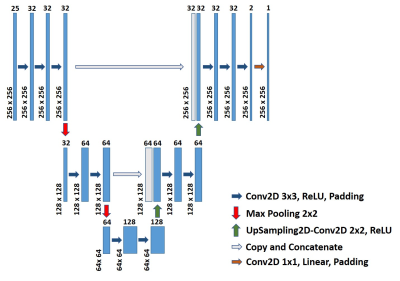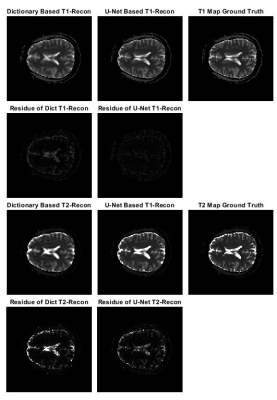Mingdong Fan1, Brendan Eck2, Nicole Seiberlich3, Michael Martens1, and Robert Brown1
1Physics, Case Western Reserve University, Cleveland, OH, United States, 2Cardiovascular and Metabolic Sciences, Cleveland Clinic, Cleveland, OH, United States, 3Radiology, University of Michigan, Ann Arbor, Ann Arbor, MI, United States
1Physics, Case Western Reserve University, Cleveland, OH, United States, 2Cardiovascular and Metabolic Sciences, Cleveland Clinic, Cleveland, OH, United States, 3Radiology, University of Michigan, Ann Arbor, Ann Arbor, MI, United States
In this study, we propose an
end-to-end deep learning based reconstruction model for MRF that aims to address the
issue of the spatial aliasing artifacts and provide accurate reconstruction
with ultra-short MRF signals.


